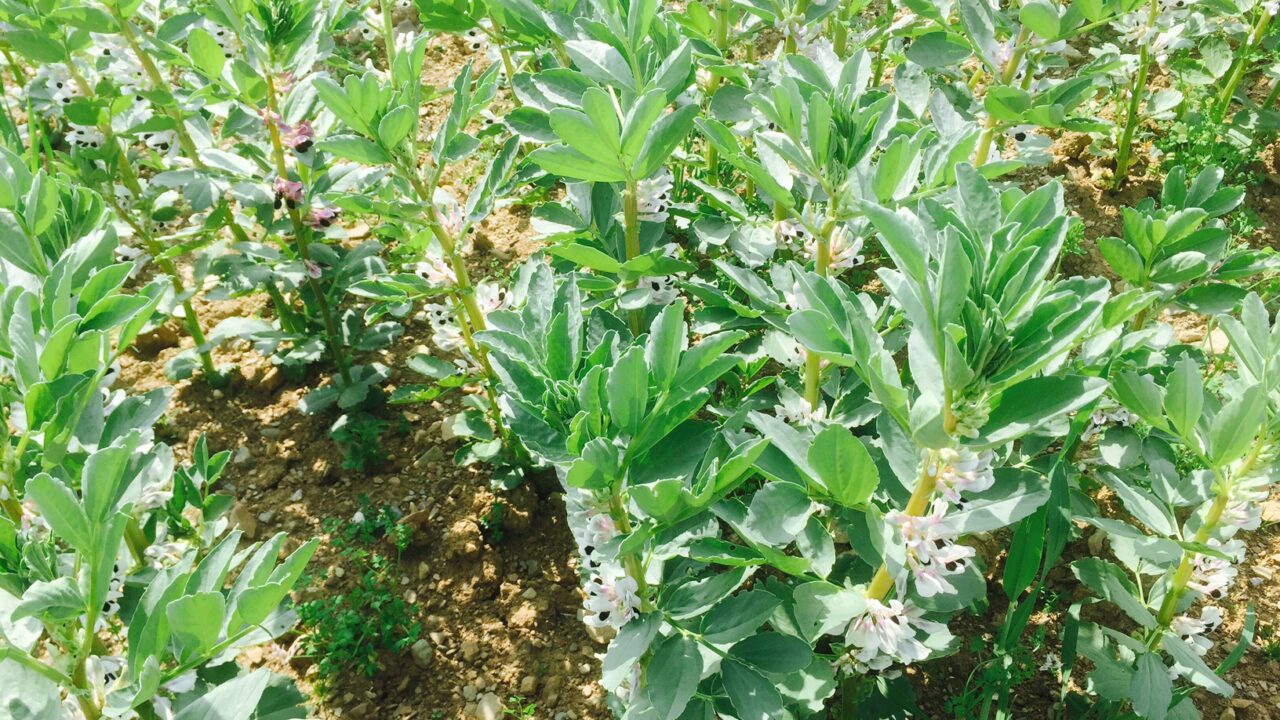A number of new rules have been introduced this year with regard to the utilisation of catch crops, specifically from a grazing perspective.
These are covered under Good Agricultural and Environmental Condition (GAEC) 6 within the new Common Agricultural Policy (CAP) conditionality measures.
Teagasc’s Shay Phelan discusses these matters on the latest Tillage Edge podcast.
“The overall aim is to prevent poaching and to maintain soil structure,” he said.
“The big issue relates to the creation of a lie-back area. So, e.g., if 5ha of catch crop are established, stock must also have access to a 5ha lie-back area. This lie-back must be grassland and it must be available to the animals at all times.
“So farmers cannot shut the animals into the catch crop only and then let them out on to the grassland area at other times,” he added.
According to Phelan, the grassland area must constitute an adjoining field. It cannot be disconnected from the newly established catch crop.
New rules on catch crops
Teagasc has said that this grassland requirement will create challenges for specialist tillage farmers.
“This is because they won’t have access to the required grassland area,” Phelan continued.
“So for tillage farmers who would have traditionally taken in livestock to graze on catch crops, this is an option that won’t be available to them over the coming months.”
Other issues that also relate to the new conditionality measures include the retention of a 3m vegetative strip around boundaries that don’t touch watercourses. These include walls, fences and hedgerows.
This figure extends to 4m where water features are concerned. In such cases, the strip must also be fenced-off.
“There are a number of changes coming in now where the establishment of catch crops are concerned. So I would strongly advise farmers to sit down and read these new criteria thoroughly,” Phelan said.
“All of these changes related to the criteria laid down within GAEC 6. The accompanying booklet is very well written.
“It also points out in very clear terms what features they will be covered by an inspection, where the new catch-crop-related measures are concerned.”
Phelan explained that inspectors will be looking out for evidence of poaching or rutting. If round feeders are in use, it is important for the farmer to move these around the field, again to prevent poaching.
“And, of course, inspectors will also be wanting to establish the establishment of lie-back areas and the creation of buffer zones,” Phelan added.
According to Teagasc, the grazing of beet tops and kale are also covered by the new GAEC 6 measures.
